Often homeowners or interior design and home DIY enthusiasts initially become familiar with different wood species as they relate to furnishings: dining tables and chairs, occasional seating, casegoods, coffee tables. Walnut, mahogany and cherry are often familiar sources for these types of furniture. Or perhaps, one is introduced to poplar, pine or maple as building materials for a small home project. However, it’s when full-scale renovations or new build homes come into the picture that the fun of exploring all the different wood species available really begins.
Today on the blog we’re exploring some of the wood species we often turn to when helping clients build new homes, or renovate existing ones.
Ash
Ash is not the most common choice when thinking about kitchen cabinetry, but we used here in the #POhinsdalenewbuild island to switch things up a bit. Ash has an interesting grain, and is beautiful with the correct stain. Because of its very even grain, many sources will only show it in more contemporary environments, but we like the warmth it adds here while still feeling elevated.


Cherry
Cherry can be polarizing. Its trademark strong red undertones are not for everyone. However, as you can see here in the #POlelandlakefront bathroom, cherry can take a dark stain beautifully, and be totally transformed as a result. Practically speaking, cherry is incredibly durable and resistant to moisture, so is also a logical choice in a bath.

Cypress
Like pine, a standout feature of cypress is its knots, though because they are not quite as pronounced as knotty pine, cypress can feel a bit more elevated. The trademark knots, plus a soft grain and warm undertone make cypress a popular choice for a ceiling, especially in a more rustic environment, like a lake home. However, because cypress is slow-growing, it can be pricey and difficult to source outside its growing regions.

via Park & Oak

via Park & Oak
Hickory
We like hickory as a lighter base alternative to walnut or oak, while still having the same durability and resistance to wear. In the #POglenviewreno pictured below, our cabinet partner was able to achieve uniform grain on the cut of the hickory island, making it completely unique.

via Park & Oak

via Park & Oak
Oak, Red
Red oak is very commonly used for flooring. Like white oak, red oak takes stain well, and can stand up to significant wear and tear. But because it is less expensive than white oak, red oak is a popular choice when sheer quantity – as with flooring – is a factor.

via Park & Oak


Oak, White
White oak is one of the gold standards in flooring and cabinetry species. It has virtually no undertone, so does not lend additional color when staining. It behaves predictably, has great water-resistance and is incredibly durable.
White oak is also unique in that it can be harvested from the tree in three distinct ways, with the end result being a completely different look depending on the technique used.

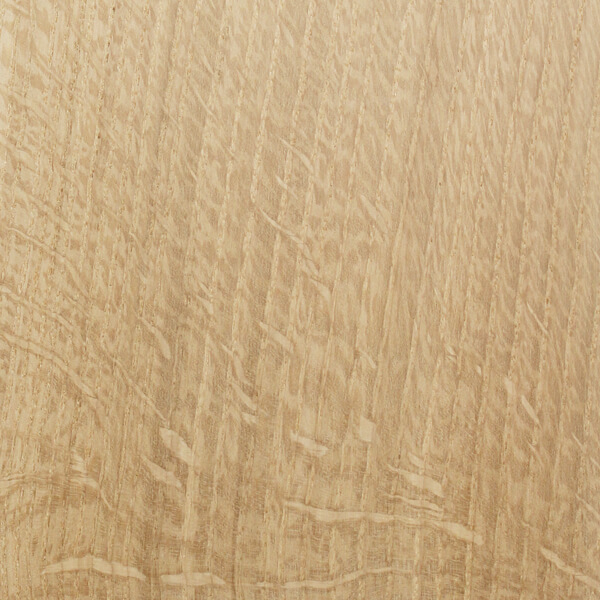
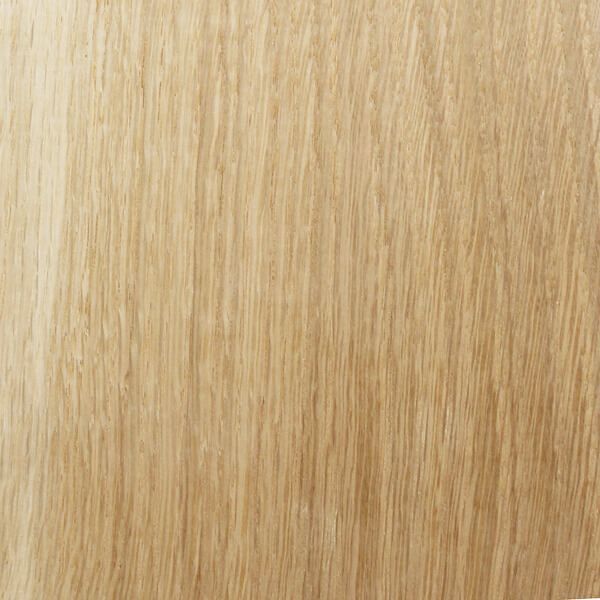
Fine Homebuilding also has a great in-depth look at the differences between plain, quarter-sawn and rift-sawn oak. Real-life examples from some of our projects below.

via Park & Oak

via Park & Oak

via Park & Oak

via Park & Oak
Pine
Pine sometimes gets a bad rap, seen as species chosen only for cabins in the woods or lake homes. But as you can see below in Renee’s home, pine can shine in elevated environments as well! It’s trademark knots lend so much character, and especially in a newer home can help add a lived-in feel.

via Park & Oak
Poplar
Poplar is common for anything that will be painted – like built-ins and kitchen cabinetry – because unlike many hardwoods, it does not expand or contract, which will cause paint to crack at the seams. It is also less costly choice if tackling a large area like a ceiling.

via Park & Oak

via Park & Oak

via Park & Oak
Walnut
Walnut is so versatile. It’s durable enough to stand up to wear and tear in a kitchen, and resists fading. It takes stain well. Walnut typically has a strong grain variation, which can make it a standout feature, though sometimes this is a drawback as well. In our #POrenovationonoak project, we took the unusual step of bleaching the walnut island before applying the stain; this kept the trademark grain, but gave us a much lighter base to work with. The end result is truly custom piece.

via Park & Oak

via Park & Oak

via Park & Oak

via Park & Oak
We hope this inspired you to really dig into your wood species choices for your next interiors project!


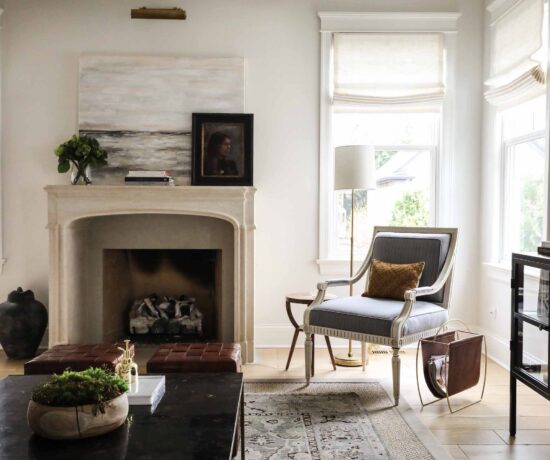
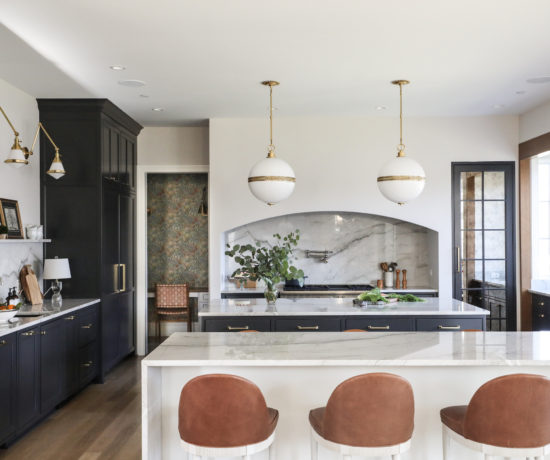
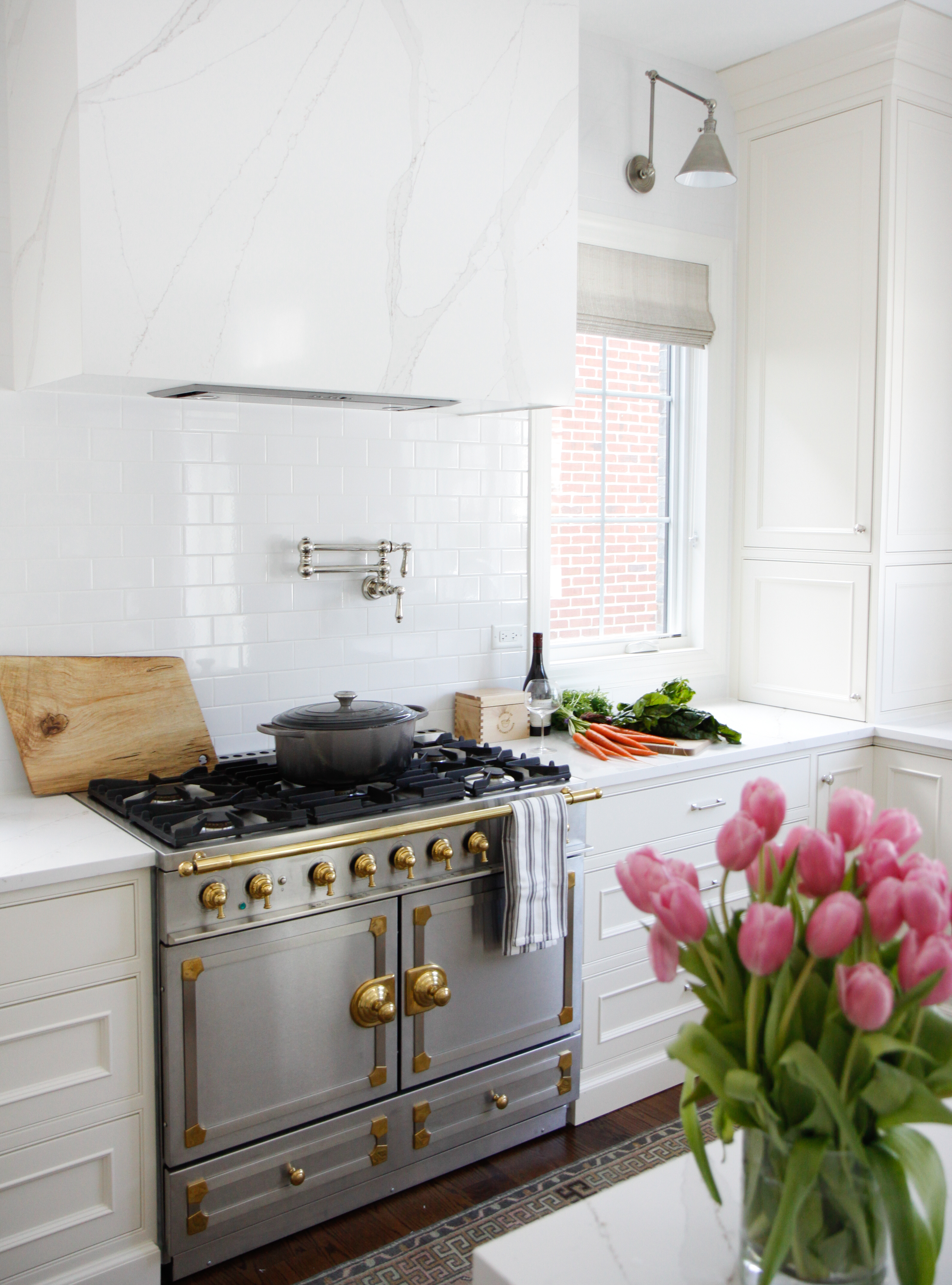
No Comments